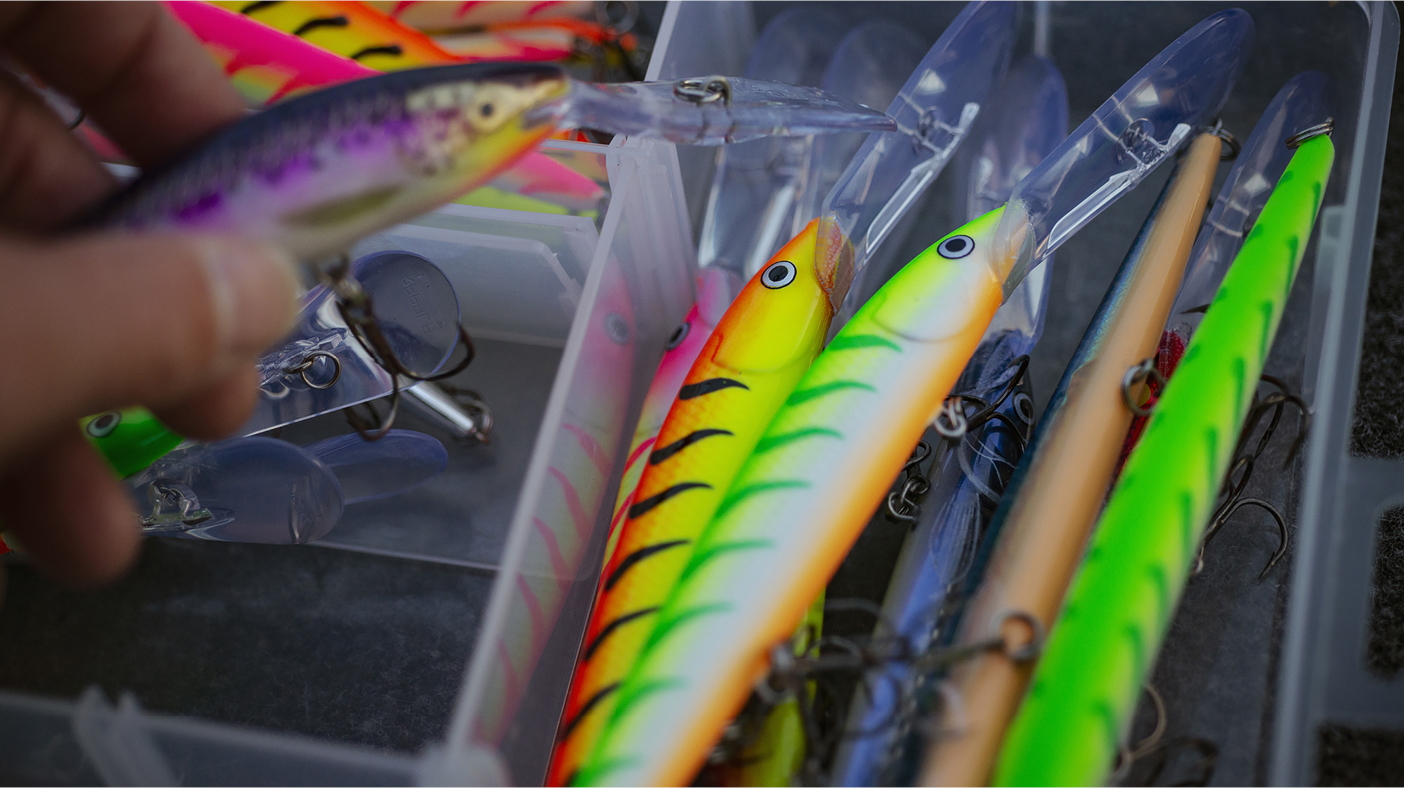DIY Salmon Fishing in Eastern Canada: Breaking Myths, Finding Rivers
Fishing | August 7, 2025
SAIL
August 20, 2025

Walleye is one of the most popular species among anglers in both Quebec and Ontario. Find out what Claude Bissonnette, Hunting and Fishing Category Manager at SAIL, has to say about the best gear for walleye to maximize your chances of making a catch.
In this article, you will learn more about:
The walleye is known for the brilliant colour of its scales and its white and flaky flesh, appreciated by those with gourmet tastes. It measures, on average, between 15 and 20 inches (38 and 50 cm) and weighs between 5 and 10 lb (2 and 5 kg). It is one of the most common fish in the lakes and rivers of Quebec and Ontario, which makes it very accessible.
The start of walleye fishing season, around mid-May (depending on the area), coincides with the opening of outfitters in Quebec and Ontario. You can also find it in national parks, regional parks or wildlife reserves that offer stays and packages for one or more days, as well as boat rentals for walleye fishing.
The intensity of the colour of the walleye varies according to its environment. It is brighter in turbid waters, paler in clear waters. Its body is generally olive brown with small golden spots on its sides. It has large silver eyes, two distinct dorsal fins, the first high and spiny, the second with soft rays, as well as a white spot on the lower part of its tail. Do not confuse it with the sauger, a generally smaller fish with rough cheeks and black spots on its dorsal fin.
If you’re planning to jig for walleye, we recommend a shorter light spinning rod, between 6′ and 6′ 6″ (1.8 to 1.98 m), with medium power and a fast or extra-fast action. Pair it with a size 2000 to 2500 spinning reel.
If you’re trolling for walleye, go with a longer light spinning rod, between 6′6″ and 7′ (1.98 to 2.1 m), with medium or medium-heavy power and a moderate-fast or fast action. Match it with a size 2500 to 3000 spinning reel.
Claude Bissonnette recommends using braided line for walleye fishing.
For jigging, go with 8 to 15 lb. braided line (3.6 to 6.8 kg), paired with a 6- to 7-foot fluorocarbon leader rated between 8 and 12 lb. (3.6 to 5.4 kg) for added invisibility.
For trolling, a 10 to 20 lb. braided main line (4.5 to 9.07 kg) with a 10- to 12-foot fluorocarbon leader rated between 10 and 15 lb. (4.5 to 6.8 kg) will do the trick.
Walleye can be caught using fresh live worms for both trolling and jigging. If you prefer artificial baits, the specialist recommends small hard baits, plastic larvae imitations, or soft plastic worms.
Trolling lures for walleye include crankbaits and jerkbaits. They come in floating, suspending, and deep-diving models designed to reach depths of 10 to 20 feet (3 to 6 metres). To target deeper schools of walleye, choose lures with a long lip that helps them dive down.
Leaded head jigs range from 1/8 ounce to over an ounce and have a soft plastic body that imitates a small fish (swimbait), leech, crayfish or worm. There are many different shapes and colours of plastic lures designed for walleye fishing.
Worm harnesses are wire rigs with one or two hooks and spinning blades designed to hold live worms. A bottom-walking sinker can be added to the front to help the rig reach deeper water.
The first items on the list are obviously your fishing licence, your PFD and some insect repellent. But those looking to up their fishing game should look into bringing a sonar. The device helps you locate fish and map out submerged structures, ensuring you don’t miss anything happening underwater. To find the right one for your fishing style, have a look at our blog article on how to choose the right fishfinder.
Claude Bissonnette also suggests bringing a cooler and not a fish chain (especially if it is hot) as well as these other fishing essentials:
Finally, don’t forget to consult this handy checklist to ensure you have the right clothing and safety materials.